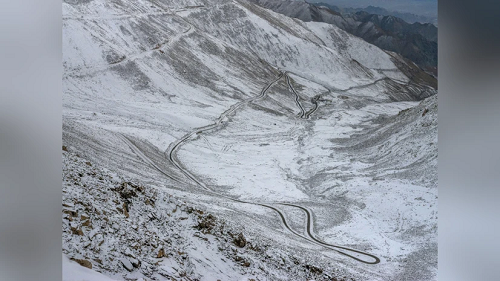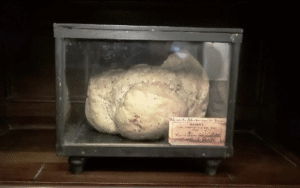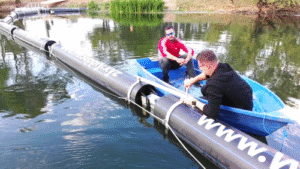The crisis facing Swiss glaciers continues to escalate, with monitoring data revealing a dramatic retreat in 2025. The glaciers across Switzerland lost approximately 3% of their total volume this year, marking the fourth-biggest annual loss on record.
The severe melting season is attributed to a combination of high summer temperatures and low snowfall, which failed to provide the protective winter layer needed to insulate the ice from the warmer months.
The 2025 retreat follows a trend of accelerated melting, with scientists noting that four of the five most severe melting years have occurred within the last decade. While 3% may sound minor, it represents a colossal volume of ice lost, further threatening the country’s water reserves and alpine ecosystems.
Glaciologists from the Swiss Glacier Monitoring Network (GLAMOS) expressed profound concern, stating that the continuous decline indicates the glaciers are rapidly responding to climate change. The lack of a substantial winter snowpack early in the year exposed the older, darker ice, causing it to absorb more solar energy and melt faster throughout the summer.
Experts warn that at the current rate of decline, many smaller glaciers in the Swiss Alps could disappear completely within the next decade, transforming the alpine landscape and impacting regional hydrology.







